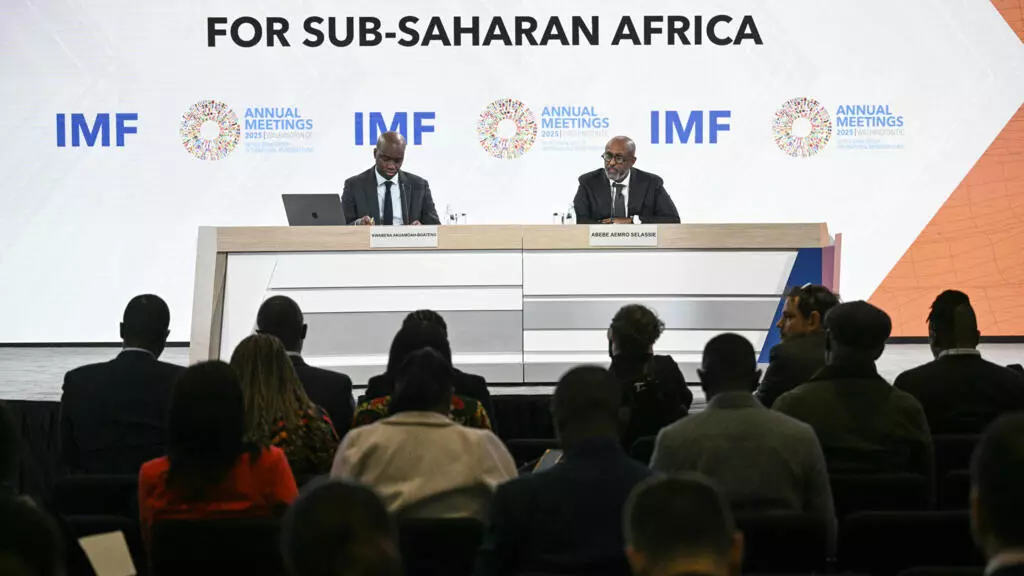The International Monetary Fund (IMF) has just published its annual regional economic outlook for Sub-Saharan Africa. In a context of declining public aid, upheaval in international trade, and Gen Z protests, this report analyzes the ongoing transformations.
What are the key takeaways regarding growth on the continent?
Growth is expected to see a slight uptick in 2026, reaching about 4.4%, after stabilizing at 4.1% this year and last year. This resilience is driven by macroeconomic stabilization and ongoing reforms in several countries. Ethiopia is expected to have a growth rate of 7.6% next year, Nigeria 4.2%, and Uganda 7.6%. The strong performance of Benin and Côte d’Ivoire is also noteworthy.
How can these good performances be explained?
This is notably the result of bold economic policies in some countries, for example, foreign exchange market reforms. It is also due to a less deteriorated external environment than we had thought. The effect of the U.S. tariff increases was smaller than we anticipated when we made our forecasts in April. Secondly, for countries that have experienced fairly sustained growth, some have been able to benefit, for instance, from improved terms of trade. For example, the price of an ounce of gold has more than doubled since 2022. Cocoa and coffee prices have risen by almost 50%.
Nevertheless, you note that economic results will be weaker for resource-rich countries. Why?
Resource-rich countries in the region often have very undiversified economies and are highly exposed to fluctuations in commodity prices. For oil-exporting countries, the price of Brent crude, which was almost $100 at the beginning of 2022, is now around $60, a 36% decrease. This is a negative shock for countries like Angola, which have very undiversified economies.
This year has been unprecedented economically, marked by a decline in public development aid, the end of USAID, and the implementation of tariffs marking the end of AGOA (the African Growth and Opportunity Act). How has the continent absorbed these successive shocks?
Regarding bilateral public aid, it could decrease by around 16% to 28% this year. This accelerating trend could severely affect countries like the Central African Republic, South Sudan, and Niger. Some countries could lose up to 10% of their budget revenues. These states will then face a shock, which will have consequences for financing basic services like health, education, and humanitarian assistance. The humanitarian consequences could be significant.
Regarding the increase in U.S. tariffs, we continue to analyze its impact on African countries. Few African countries export significant volumes of goods to the United States, and exports of energy products and minerals remain exempt. Total exports from Sub-Saharan Africa to the United States are expected to decrease by only 1%. However, a few fragile and low-income countries will be significantly affected, notably Lesotho, which exports textile products to the United States. For Lesotho, this represents 10% of its GDP.
The indirect effects of trade policy will be more substantial, as they include the impact on African countries of increased global uncertainty, a slowdown in worldwide growth, a decline in commodity prices like oil, and a rise in the cost of…
